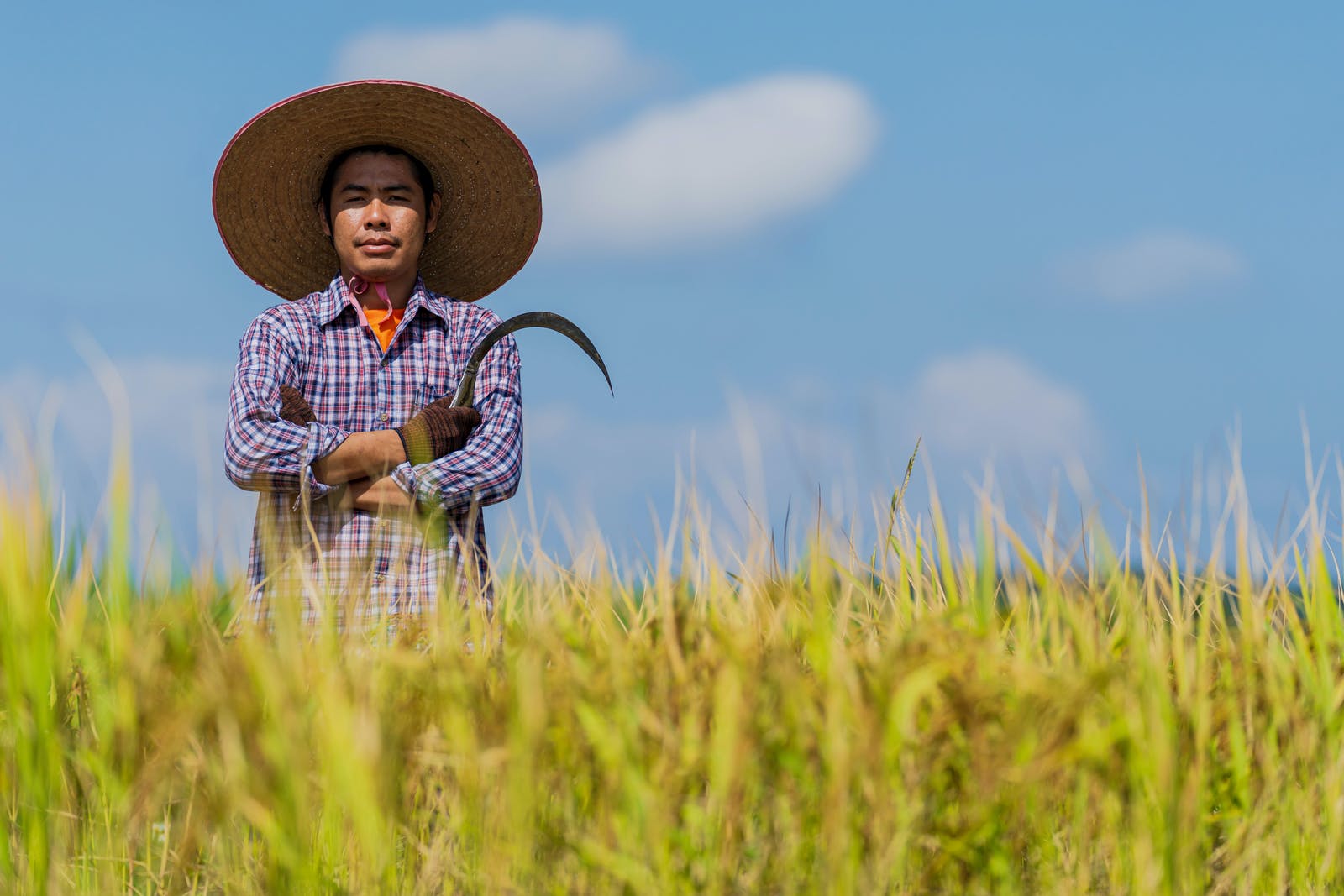
Agriculture and farming are essential to the development and economic growth of the Philippines. Through agriculture, the Philippines can provide its people with livelihood, feed its population, and support its export industry. From planting rice and other food crops to fishing and livestock raising, agricultural activities comprise an industry that is rich with opportunities for young Filipinos.
However, many youths are turning away from agriculture due to prevailing negative perceptions surrounding the sector and a lack of knowledge of its importance to the country. Agricultural activities are often portrayed as labor-intensive endeavors with little payoff, which means most current agricultural workers discourage their children from pursuing careers similar to theirs. For this reason, the number of agricultural workforce in the Philippines continues to drop at an alarming rate.
As the number of agricultural workers dwindles and the average age of farmers continue to rise, the Philippines’ agricultural sector could be unable to feed the population in the years to come. The only way to change this outcome is by encouraging young Filipinos to pursue careers in agriculture. However, to make the industry enticing to the youth, improving the agricultural sector of the Philippines is a must.
Improving the Viability of Agricultural Professions and Changing the Image and Perception of Farming and Other Agricultural Activities
Agriculture to many young Filipinos is outdated, labor-intensive, and lacks profitability. These notions are based on the experiences of many farmers themselves, but they are also perpetuated by the media and popular culture. As these platforms often detail the hardships of Filipino farmers, many young Filipinos feel discouraged from pursuing a career in agriculture.
To change the perception that agriculture is not a practical career option, addressing the root causes of the aforementioned problems is critical. By addressing the underlying issues, the agriculture sector of the Philippines can have the chance to improve, and young people will likely begin perceiving farming—and agriculture in general—as a viable career choice. Here are just some ideas on how this can be achieved:
Strengthen Agriculture-Related Government Initiatives
The first step to improving the agriculture industry of the Philippines is leveraging the resources of the government. The Philippines needs to devote financial resources in addition to putting in place the right policies, initiatives, and strategies to help develop, strengthen, and improve the agricultural sector.
Currently, many government policies end when the terms of the public officials who implemented them also end. This means that ensuring policy continuity is incredibly important.
Aside from this, devoting financial and technological resources towards the agricultural sector can help with making farms more productive and profitable. This also means that agricultural workers will be able to upgrade their technological equipment, even as agricultural researchers can improve R&D efforts. National and local governments can also build better infrastructure that can support the agriculture industry.
Address the Gaps in Infrastructure
A lack of infrastructure makes farming more labor-intensive. Farmers need roads to make the transportation of their goods easier and more convenient, for instance. Irrigation systems, as well as post-harvesting and processing facilities will also help lessen their workload. If the government and its private sector partners were to invest in more infrastructure, agriculture will be seen by young people as less capital- and labor-intensive.
Investment in such infrastructure can also lead to more career opportunities for the youth, so their choices aren’t limited to actual agricultural activities alone. They can pursue careers in agricultural engineering, which focuses on building and maintaining farm equipment and technologies, or agricultural research, which aims to discover and refine farming methodologies.
Introduce Agriculture and Farming through Education
Agriculture should also be introduced to Filipino children through the education system. Highlighting the importance of agriculture and incorporating this idea into the curriculum can give young people a better idea of the work involved in farming, as well as its impact on the economy and food security of the country.
Aside from introducing agriculture through the curriculums, providing scholarships and mentoring opportunities in colleges and universities will allow aspiring farmers to envision a future in agriculture. Opportunities like these will also make it easy for the youth to gain both theoretical and practical experience in the agriculture industry.
Make Information about Agriculture Accessible
Mobilizing information and communications technologies (ICT) and social media to promote and inform the youth of what agriculture is and what a career in agriculture could look like will be beneficial for the industry. These platforms, through various types of content, can likewise aid in changing the way the youth perceives agriculture.
ICT and social media can also be leveraged for networking and employment purposes, so farmers, cooperatives, and entrepreneurs in the agriculture sector can build connections or easily hire interested individuals.
Incentivize Agriculture and Farming
One of the perceptions that need to change is, “there is no money in farming.” A lot of young Filipinos, even those who want to be farmers, get discouraged when they hear such pronouncements. To change this mindset, providing the necessary monetary and fiscal mechanisms to agricultural workers is of utmost importance.
Agricultural work is important in the Philippines not only because of its contribution to the economy but also in the country’s food security. If we fail to support and develop our local agriculture industry, we will have to think of other, more costly ways to provide food for our people, like importing the bulk of our food requirements from overseas. Thus, we must mobilize the youth to take up careers in the agriculture sector. Doing this will ensure the industry’s survival and sustainability for the years to come.






















